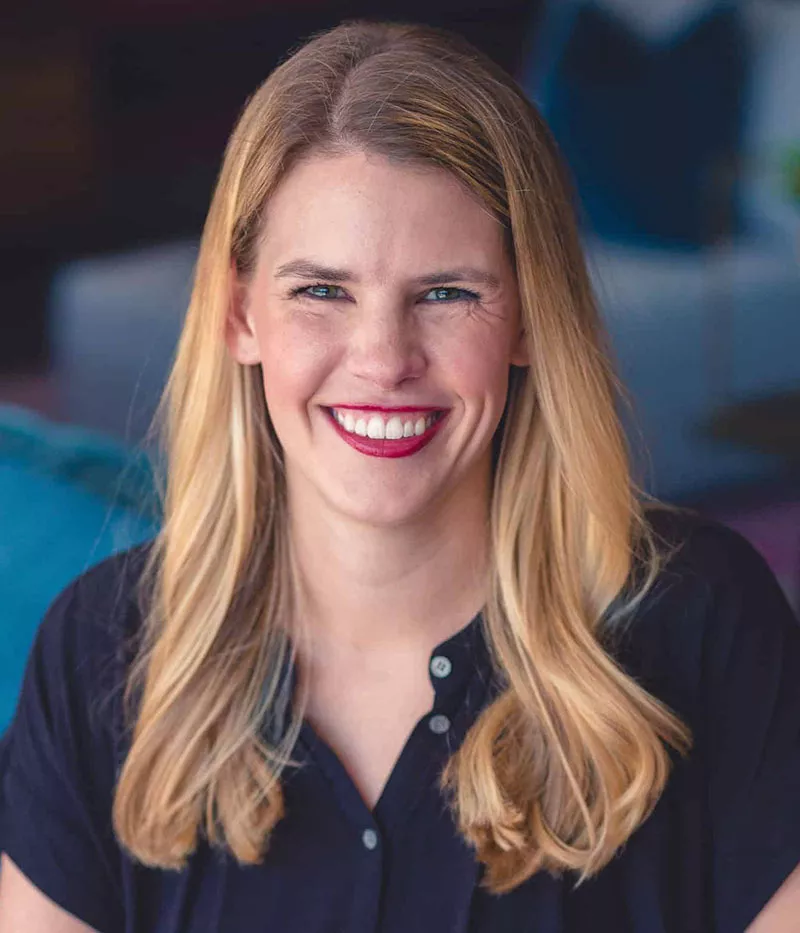Good baseball pitchers have 2 dominant pitches. All Star pitchers have 3. The idea is that you want to be able to throw different pitches in different scenarios, keeping the batter off balance so they never know what is coming next.
In our business, we think about things in a very similar way. We exclusively focus on Multifamily assets in Austin and San Antonio. We need to develop multiple pitches to throw as the market changes, which will allow us to swing at different types of assets in markets we wholeheartedly believe in. If we only have a fastball and the market is expecting a fastball, we’re going to get crushed–and it limits the at bats we can even take.
We’ve invested a lot of time over the last year developing a few different pitches–and highlighted a few of those strategies recently. But we think about “pitches” in a few different ways. There is creating new business plans and getting creative in how you might execute a value add strategy, but that is more akin to seeing the difference between a 2-seam and 4-seam fastball. The differences are subtle, but we’re still throwing the same basic pitch.
Then there is thinking about the difference between a fastball and a curveball. Those are fundamentally different things that you use at different times in the pitch count. And as we reflect on our business in 2020 and celebrate the success we’ve had, a big part of it has been our ability to create a good curveball. In this case, the curveball comes in the form of different types of equity partners chasing different types of assets.
Our goal is to be an All Star (and even Hall of Fame) level pitcher as an operator. We focus on our home market rather than be spread out across the country, so to be the best we need multiple pitches to throw in our market. Our fastball (the dominant pitch of our history) has been value-addValue-add is a strategy where an investor or property owner seeks to increase the value of a property by making significant improvements or changes to it. The goal is to enhance the property's appeal, functionality, and income-generating potential, which can lead to higher rental income, increased property valuation, and improved overall performance. View Definition assets where we partner with multiple investors to buy and operate. But this year we developed a second pitch, which will make our first pitch even stronger as we get more comfortable throwing the second.
Over the last quarter of this year, we’ve been able to source 3 new Austin assets with 2 different Institutional equity partners. In each scenario, we continue to be the local operator who leverages our relationships and information to win the deal and execute our business plan. In all cases, these were assets and pursuits where our fastball would not have worked, but having that curveball game ready has paid dividends. It has allowed us to add to our portfolio in Austin (to the tune of 800 new units), keep us in front of brokers and service providers, and provide us with more scale to continue driving down prices on contracts because of our scale.
The first transaction involves us buying two separate assets, and then combining them to operate as a single deal with a single brand and team. Our partner on this deal has a long-term mindset that is different from our normal 5 year hold. That allowed us to think about these assets and the underlying land in a different way. And now, we get the opportunity to learn a ton about combining two assets into one, how to best realize those efficiencies onsite and keep building the portfolio. If we just had our 5-year business plan in mind, these deals likely wouldn’t have made sense. So having that curveball allowed us to execute those deals.
The second transaction involves us buying a new Class A project just coming out of lease up. It’s located down the street from where I went to high school and has some incredibly high barriers to entry keeping competition extremely low. Our equity partner on that deal wants to be buying these Class A assets in Austin because that fits their business model. Again, our normal fastball would not have worked here. But by having a great relationship with this partner, we’re now able to learn the nuances of finishing a lease up, and take the things we learn on this asset and apply it across our portfolio. We’re already talking to a couple of service providers about products that might work here, and then how we can roll them out across other assets we own.
What we’ve witnessed in Central Texas this year has been phenomenal. In the middle of a Global Pandemic, Austin is going to set a record for the number of jobs that have been announced. Our population is growing and the inbound traffic has left most of our realtor friends with their hair on fire. We recently wrote about all the headlines going on here. Since then, Oracle announced they are moving their HQ to Austin, Elon Musk moved to town and the momentum is palpable. With all that attention, Cap Rates have compressed and pricing has gone even higher as new investors show up looking for the safety and security multifamily in Austin and San Antonio provides.
As that story continues to play out in 2021 and beyond, we will continue to use all the pitches at our disposal to compete on the best opportunities, build our business and create additional scale and efficiency. We don’t anticipate competition will get any less intense or that fewer groups will be interested in investing in Central Texas. But by having several pitches at our disposal, we can create the best opportunities for all our investors.

Alix serves as Wildhorn’s Director of Finance and Operations where she oversees all aspects of financial management as well as the ongoing operations and procedures of the company. Prior to joining Wildhorn, Alix worked as a tax and treasury accountant at Ovation Partners, a private credit investment firm. She has also worked in the public accounting industry at both a Big 4 firm and a local middle market firm.







